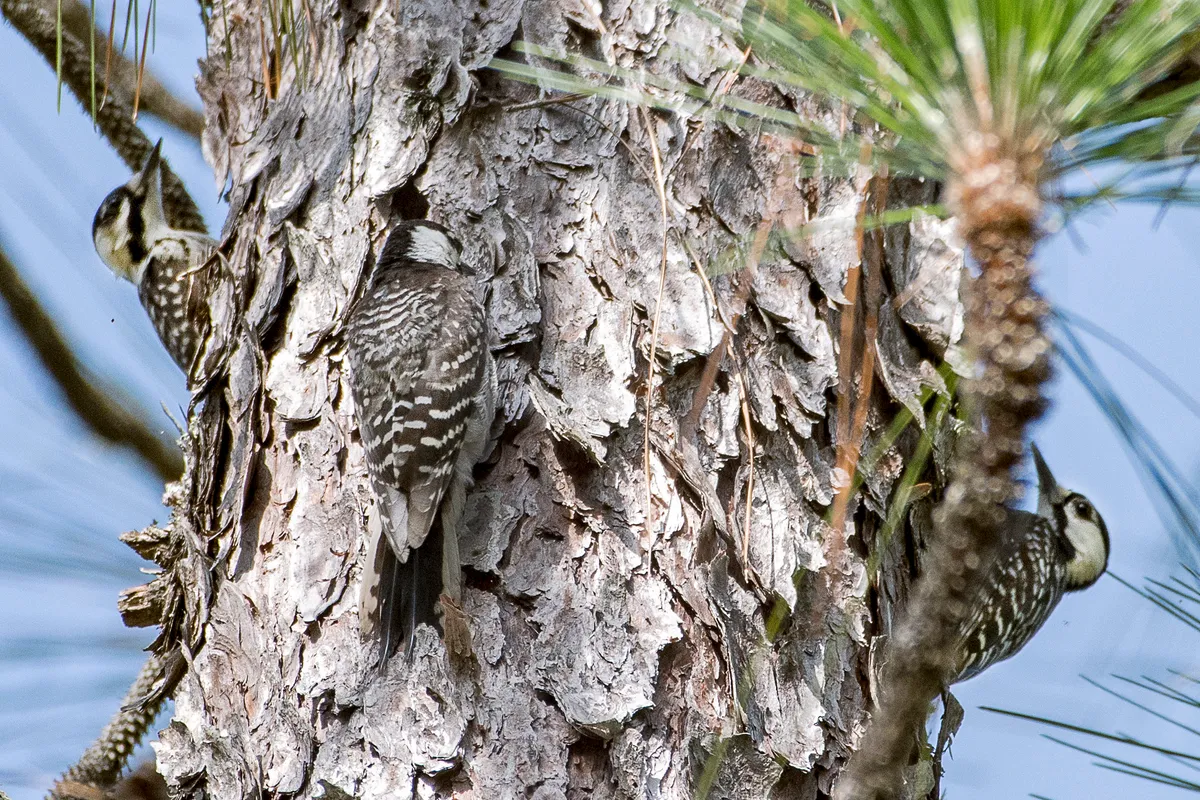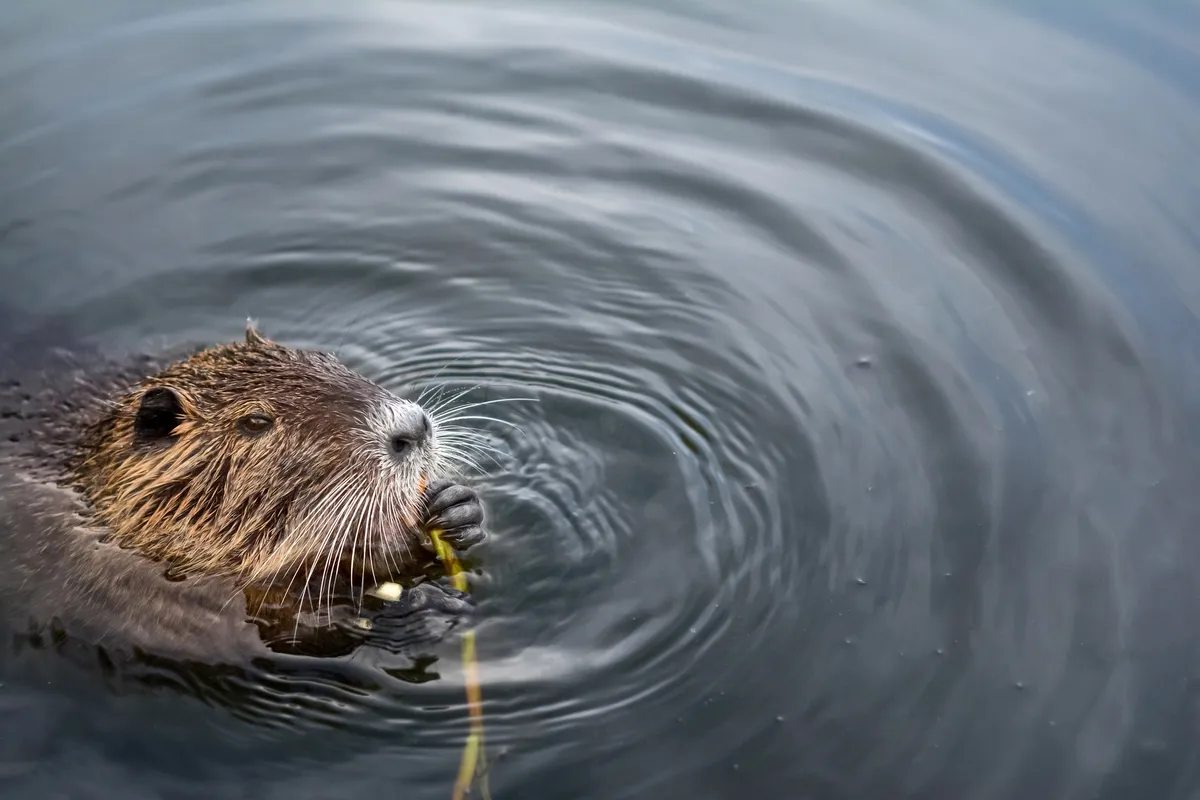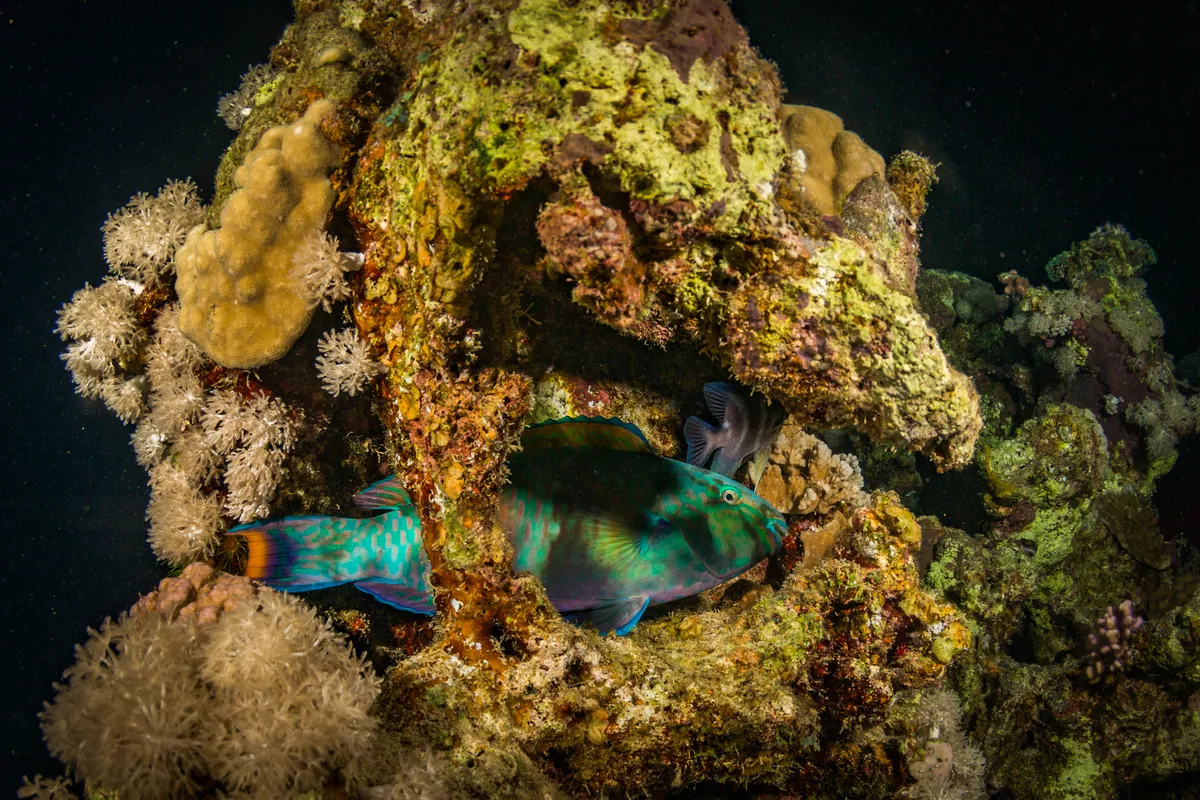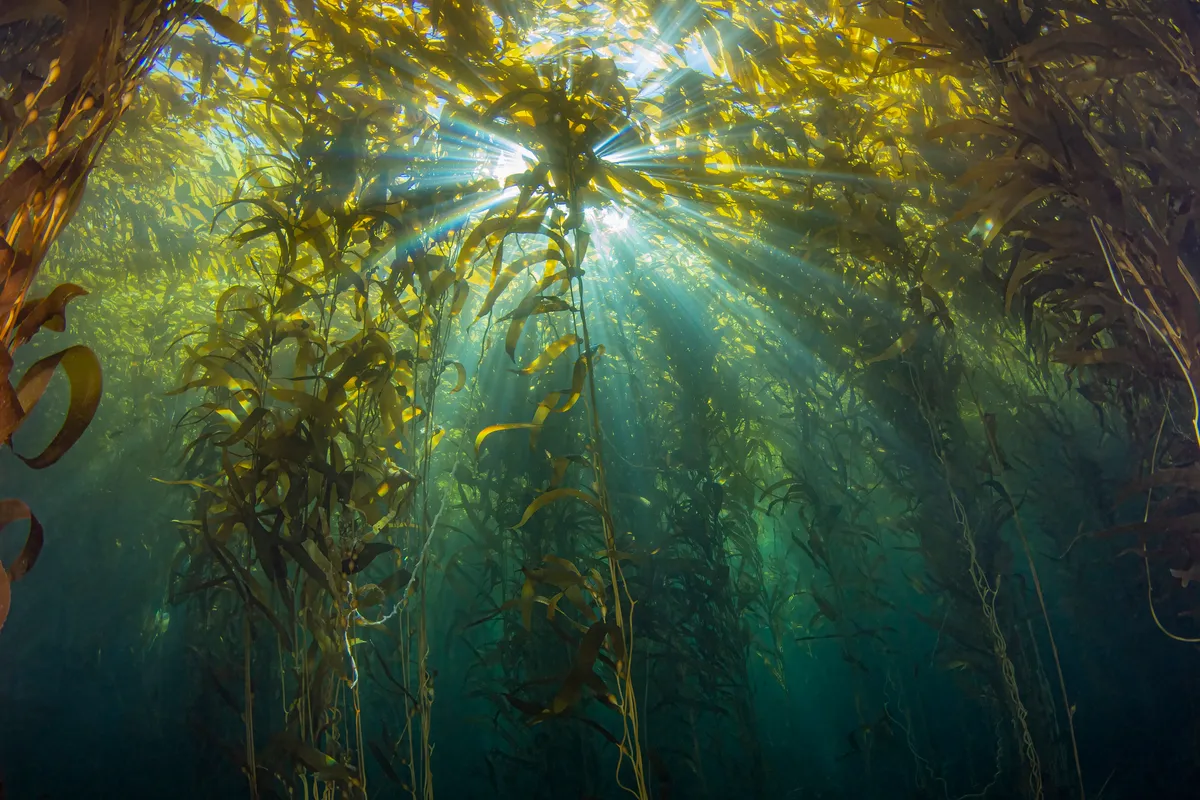What is an ecosystem engineer?
All organisms have an impact on their environment or other species in one way of another, but some modify their surroundings more than others.
Ecosystem engineers, as they are known, can be found all over the world. Think of ants or termites constructing mounds, or the combined efforts of key coral reef organisms.
We humans do it to the extent that there is a proposed geological epoch to describe our impact on the planet – the Anthropocene.
Examples of ecosystem engineers
Gopher tortoise (Gopherus polyphemus)

Another resident of the long-leafed pine ecosystem in the southeastern US is the gopher tortoise, which is the only native land tortoise there. It is named after the gophers (a family of 35 rodent species in North and Central America), which are well-known for their burrowing abilities.
Like the gophers, the gopher tortoise digs deep burrows to avoid extreme weather and potential predators. The front legs of this tortoise are adapted for digging and are shaped like a shovel. These burrows can reach over 7.5 metres in length and provide shelter to a wide range of other species, including frogs, burrowing owls and snakes.
Over 300 species have been documented using these burrows, and some species have adapted to the point of being almost entirely dependent on the gopher tortoise, such as moth caterpillars that feed on the tortoise's faeces and a tick that feeds mainly on the tortoise.
Red-cockaded woodpecker (Leucontopicus borealis)

The red-cockaded woodpecker is a small to mid-sized species of woodpecker which is endemic to pine savannas of the southeastern US, and named for the thin red stripe on the male's head. It mainly feeds on small insects and invertebrates, but is known to also occasionally feed on fruits and berries.
The species lives in family groups to forage and raise young, with the males from the previous season helping the breeding pair. The red-cockaded woodpecker only excavates cavities in living pine trees, usually longleaf pines, and normally favours older trees.
A group will normally have a number of cavities at different stages of construction, and these can take years to be complete. These cavities are used by a variety of birds, mammals, reptiles, amphibians and insects, sometimes enlarging them in the process and enabling even more species to use them, including eastern screech owls and racoons.
Eurasian beaver (Castor fiber)

In the UK, our most obvious example if the European beaver, a native species that went extinct in this country 400 years ago after it was hunted for its meat, fur and glands. It has now been reintroduced, both legally and through escapes from private collections, in a number of locations across Britain.
Beavers cut down trees to build a series of dams on rivers, which in turn create deep pools. This habitat creation benefits many other species including water voles, aquatic invertebrates, trout, amphibians and wetland birds such as teal and snipe. There are benefits for humans too, as the dams and pools improve water quality, slow the speed of water and prevent flooding downstream. They also capture carbon through holding back silt and causing new plant growth.
European native oyster (Ostrea edulis)

Around the coasts of the UK, there are conservation projects in place to restore the European native oyster, also known as the European flat oyster. This is the only true oyster species native to UK waters and was once a key feature of London’s food trade.
However, native oyster populations have declined by 95 per cent in the UK since the mid-19th century, and oyster beds are one of the most threatened marine habitats in Europe, due to many different factors, including disease, pollution, competition with invasive non-native species, and historic over-harvesting. This humble mollusc is important because it has the remarkable ability to improve water quality while it feeds. Seawater is pumped across its gill structures, with a single oyster filtering an estimated 100-200 litres of seawater every day.
“Oysters are unsung heroes of the sea, keeping our coastal environment clean and healthy for fish, other marine habitats and people,” says Celine Gamble, the Zoological Society of London’s (ZSL) Wild Oysters project manager. “Although oysters are small, they are mighty, and can make some huge changes in our marine environment.”
“Oyster reefs can increase fish production by providing a protective nursery ground and food source for juveniles. Alongside seabass, bream and edible crabs, the European eel and the spiny seahorse can also benefit.” Further up the food chain, seabirds, seals and other predators will then benefit too.
There are 11 projects around the UK working on restoring native oyster populations in locations including Firth of Clyde, Conwy Bay, Loch Craignish and the Solent, all facilitated by the Native Oyster Network.
- Freshwater pearl mussels guide: what they are, why they're important and the conservation effort to save them
- Why do some molluscs have beautiful shells?
- Slipper limpet guide: what it is, what it eats - and how a slipper limpet reproduces
- Barnacles guide: what acorn barnacles are and their life cycle
Yellow rattle (Rhinanthus minor)

Named for the rattling noise its seed capsules create when shaken (a sound traditionally seen by farmers as a signal to cut their hay) the beautiful yellow rattle is well known to anyone who has tried to create a wildflower meadow.
It is a hemi-parasite on grasses, causing growths in the host’s roots, called haustoria. The haustoria enable the yellow rattle to draw water and nutrients from the grasses, thereby weakening them and suppressing their growth. This means there is then less competition between the grasses and other wildflowers, allowing the latter to grow and thrive. As a result, yellow rattle is sometimes called ‘the meadow maker’.
Parrotfish (Scaridae)

Parrotfish and the coral reef systems in which they live are both ecosystem engineers and there is a feedback loop between the two. Macroalgae grows on the reefs and competes with the coral. The parrotfish graze on the macroalgae with their beak-like teeth and keep them in check, allowing the coral to thrive.
A study published in 2019 found that when corals became bleached and barren surfaces were created, the algae proliferated and parrotfish populations then increased. The parrotfish grazed on the algae, allowing the coral to begin its recovery, and then eventually parrotfish declined again as the coral's health improved and there wasn't so much algae.
Kelp (Laminariales)

Kelp species are examples of autogenic engineers, where instead of modifying the environment around them, they are modifying themselves – growing and building the kelp forests which are relied upon by a wide variety of species for protection or for food.
There are a number of species of kelp, some of which are associated with specific regions of the world. The highest diversity of kelp is found in the northeastern Pacific, where there are more than 20 species. Kelp forests are associated with coastlines in temperate and arctic waters, including the UK, Norway, and southern Africa.
